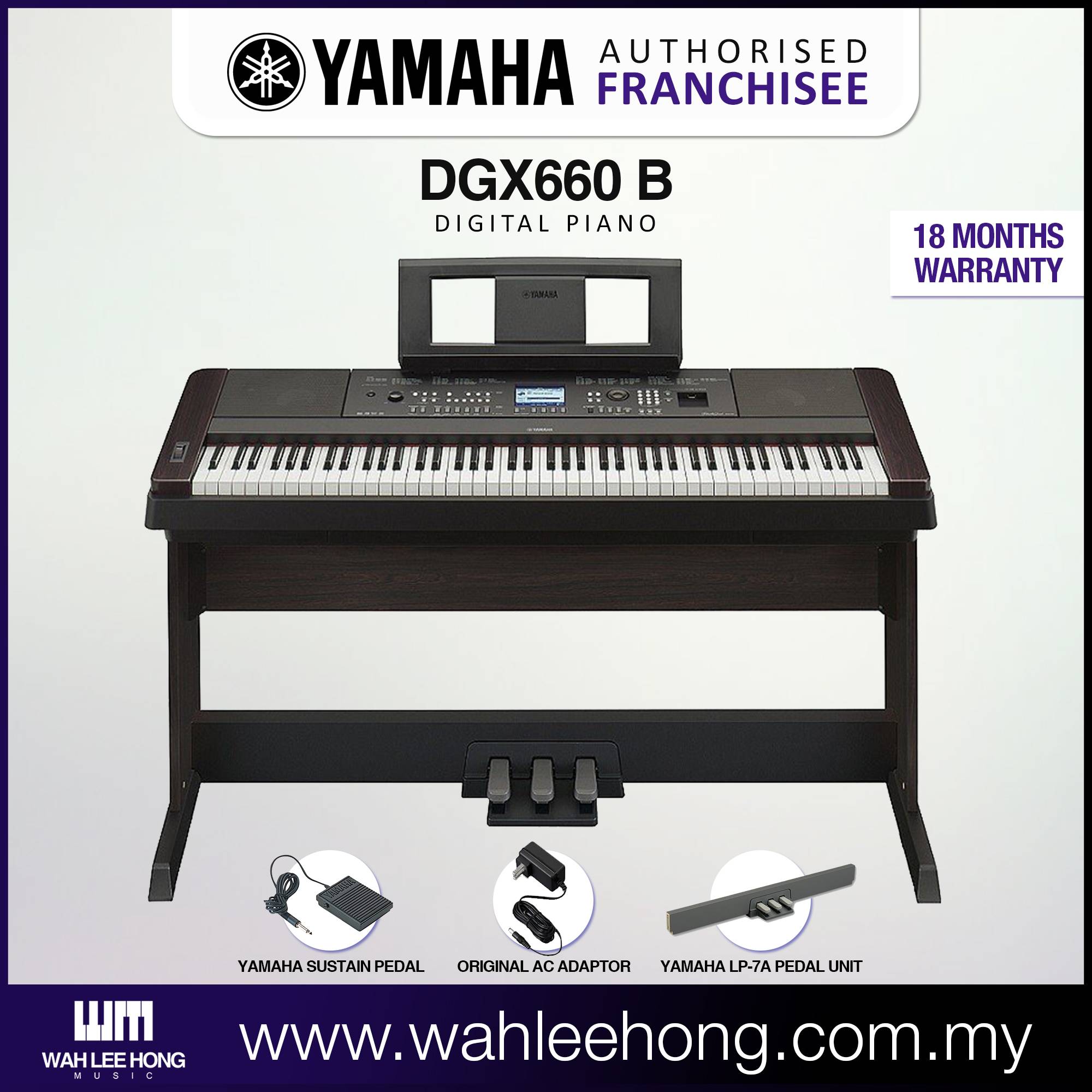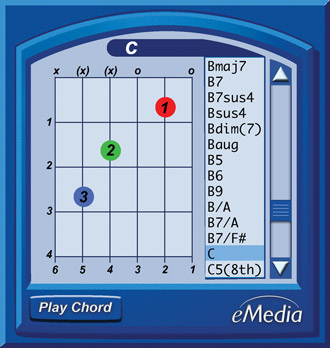

This digital piano strength lies in its portability as it only weighs 26 pounds. The Yamaha P-115 is made for a simplistic piano experience, is a piano that presents a very simple design, simple functions, and a simple interface. These two digital are quite different in a lot of ways, they present different functionalities and are built to satisfy different types of demands.
#Dgx 660 chord dictionary full
You can read my full Article on the Yamaha DGX 660 vs 650 Digital for more info.Ī quick comparison between this two digital piano is important, as potential buyers find them self-researching this often, the Yamaha P-115 weighted keyboard vs the Yamaha DGX 660 digital workstation. The DGX 660 is currently the latest version of the Yamaha DGX series, is a complete advancement from its predecessor the Yamaha DGX-650 as we can see, polyphony, voices, styles have all been upgraded. How well does the DGX 660 compare to its predecessor then? the DGX650? if you have no idea of what the DGX 650 is capable of, here are some remarkable musical differences: This application is also capable of permanently transferring songs into the DGX 660, where further modification to the song can be executed such as changing the tempo. While playing the songs, the DGX 660 is capable of displaying the exact musical chords of the music as well. Chord TrackerĬhord Tracker is a mobile app that allows users to play any music from their iTunes library wirelessly, specifically through the piano speakers. Piano Room which is a function that allows you to virtually adjust the room size and lid ( open/closed/half-open, etc.) This is not limited to your piano voices alone, but to the 500+ voices present on the DGX 660 database. Thanks to the onboard recorder you can also record your performance and play it back.

Users can also connect the weighted keyboard to external speakers in ordered to get more power.

This is the best advancement form the DGX 650 in my opinion, is simply a great addition that brings great musical value to songwriters and singers.īy default, the voice will be radiated by the onboard speakers. Let’s say you are playing a bosa nova or Beopop piece on the piano, by activating the Style Recommender the internal computer will automatically suggest the appropriate style. Style recommender “listens” to whatever is been played on the piano and then provide users with an ideal accompaniment. The total number of styles is 205, what makes this number so fascinating is the fact that there is an awesome musical technology Yamaha has invented called Style Recommender. The styles on board are also divided into categories such as: The DGX 660 offers a grand total of 554 voices, a very impressive amount. The best thing about it’s voicing feature is that the DGX also allows you configure the piano into a split mode and a dual mode. The voices on board are divided into categories such as: The GHS mechanism is considered lower tier when compared to the GH and GH3 as the keys actually feel lighter than those of a real pianoforte. The lower notes respond to a heavier touch while the higher notes are lighter and are much more delicate. The hammer action system along its 88 keys works well, just as its predecessor it uses the GHS mechanism which is illustrated in the graphical diagram below: A clear graphical illustration of how the weight is proportionally decreased through the key bed

#Dgx 660 chord dictionary upgrade
If you possess the DGX 650 I do not recommend an upgrade to this digital piano because of it’s increased polyphony ratio, yes polyphony is a big factor, however, is not worth the upgrade in my humble opinion, if you really need a boost in polyphony I suggest using a VST software. We can simply define polyphony as the number of notes a digital piano is able to play while holding the sustain pedal before cutting off the first ones. The DGX 660 features a grand total of 192 polyphony notes.


 0 kommentar(er)
0 kommentar(er)
